
Space Day: LED Light Therapy & Blue Blockers Started With Space Exploration
Article at a Glance: National Space Day was first created in the 1990s to commemorate all of the achievements associated with space research and exploration,
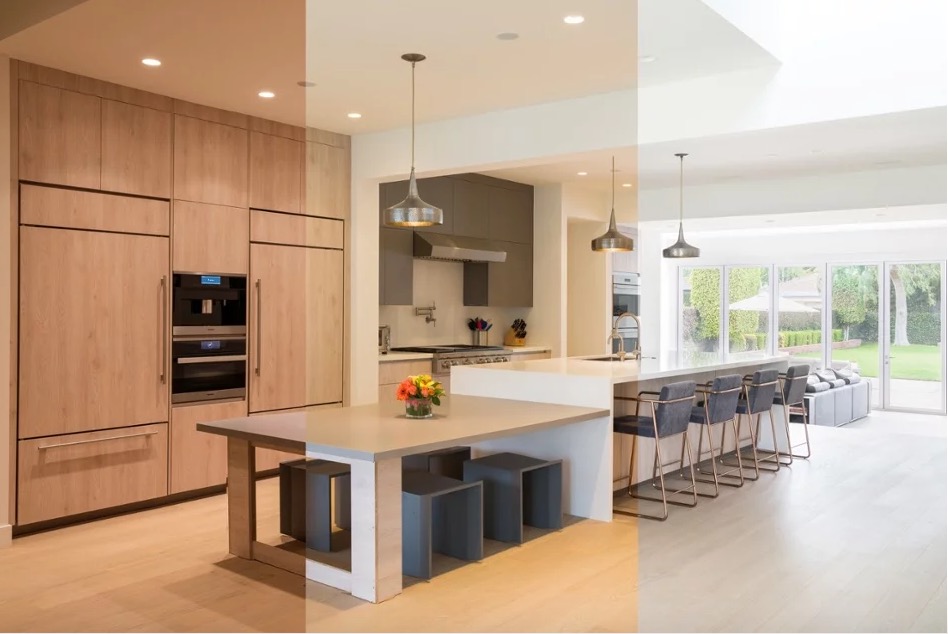
Facebook Twitter LinkedIn Pinterest
Lighting—it’s all about color temperature, lumens, and lux. Why? Because these measures of light not only affect the atmosphere of a room; they can also impact a person’s energy level, mental clarity, and well-being while inhabiting that space.
This refers to the “warmth” or “coolness” of a light source, measured in Kelvins (K). This measurement is based on an absolute scale, which means that it starts at zero and continues to increase.
Lower temperature bulbs (1,000–3,000K) produce warm, soft white light — like that of candlelight, ambient sunsets, or standard incandescent bulbs.
Medium temperature bulbs (3200–4500K) produce neutral white light that creates a bright and inviting ambiance.
Higher temperature bulbs (5000–10,000K) produce cool white light. Color temperatures in this range are closest to the appearance of daylight. This range of light is often described as “clinical” because it makes objects appear crisp and vibrant.
In short, the higher the Kelvin rating (expressed in K), the whiter the light will appear. For a more in-depth look at light sources and color temperature, reference the chart below:
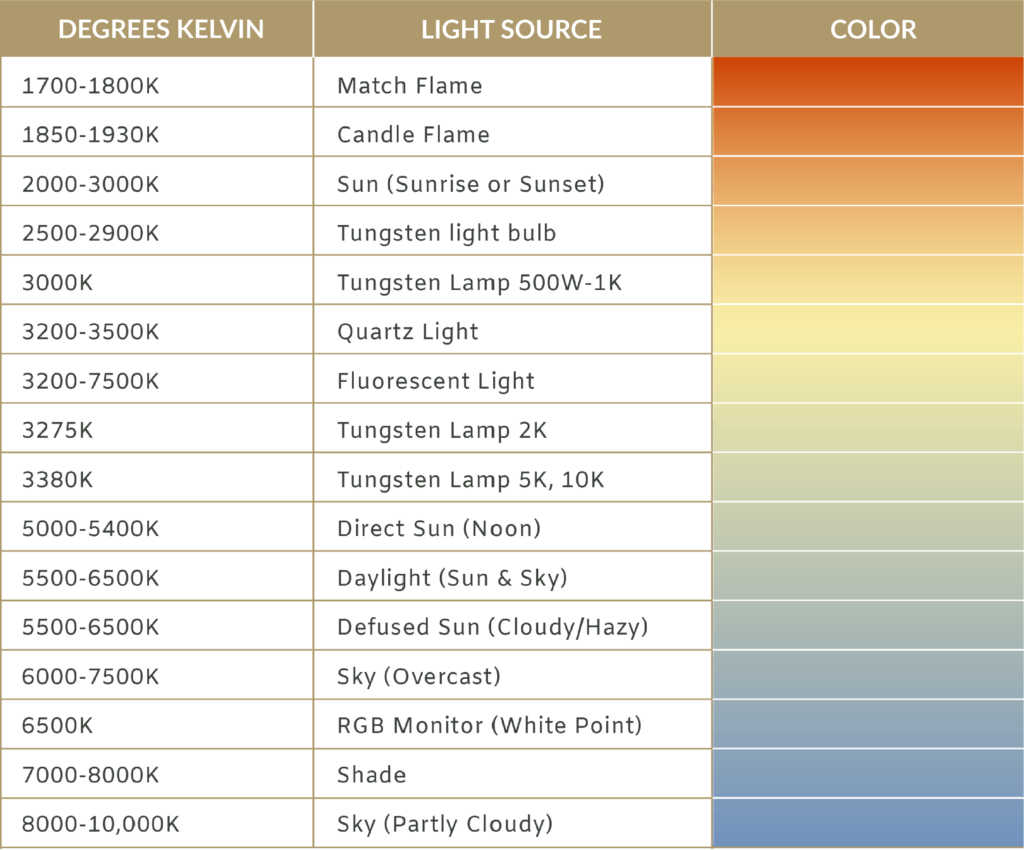
While kelvin follows an absolute scale, human vision can perceive many colors that exist outside of this spectrum. Color is the appearance of an object with respect to the wavelengths of light that are reflected off of it. This attribute is determined visually by the hue, saturation, and brightness of the light reflected off of an object. With that said, it’s common practice for businesses to use the CIE 1931 color spaces to identify specific colors. Rather than describing how colors appear to humans, this Color Matching System helps users numerically specify a measured color and accurately reproduce it (e.g. in print or illuminated displays).
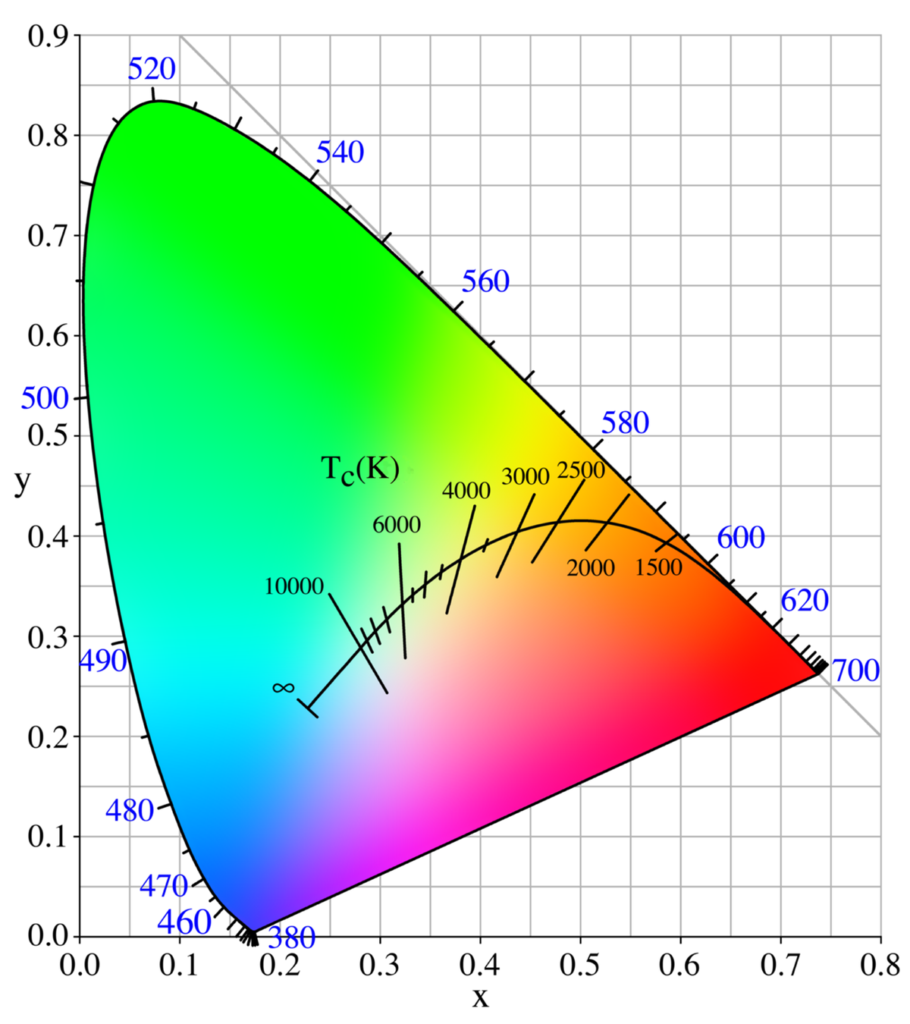
There is no true conversion of nanometers to kelvin. However, within the CIE color spaces shown above, you can also see the Kelvin scale (the curved black line in the center of the spectrum). Modern lighting technology will often produce vibrant colors which are way off the Kelvin line. Note that any light that does not fall on this line can be classified as a (numerical) color but not a Kelvin.
Research shows that light is one of the most influential inputs to your circadian rhythm. It enters the eyes through special receptors that are especially sensitive to blue light, which provides humans with precise blueprints for carrying out important biological functions over the course of 24 hours (e.g. waking up, eating, exercising, and sleeping). So, when it comes to regulating your sleep/wake cycle, the saying, ”timing is everything” should really also acknowledge color temperature. 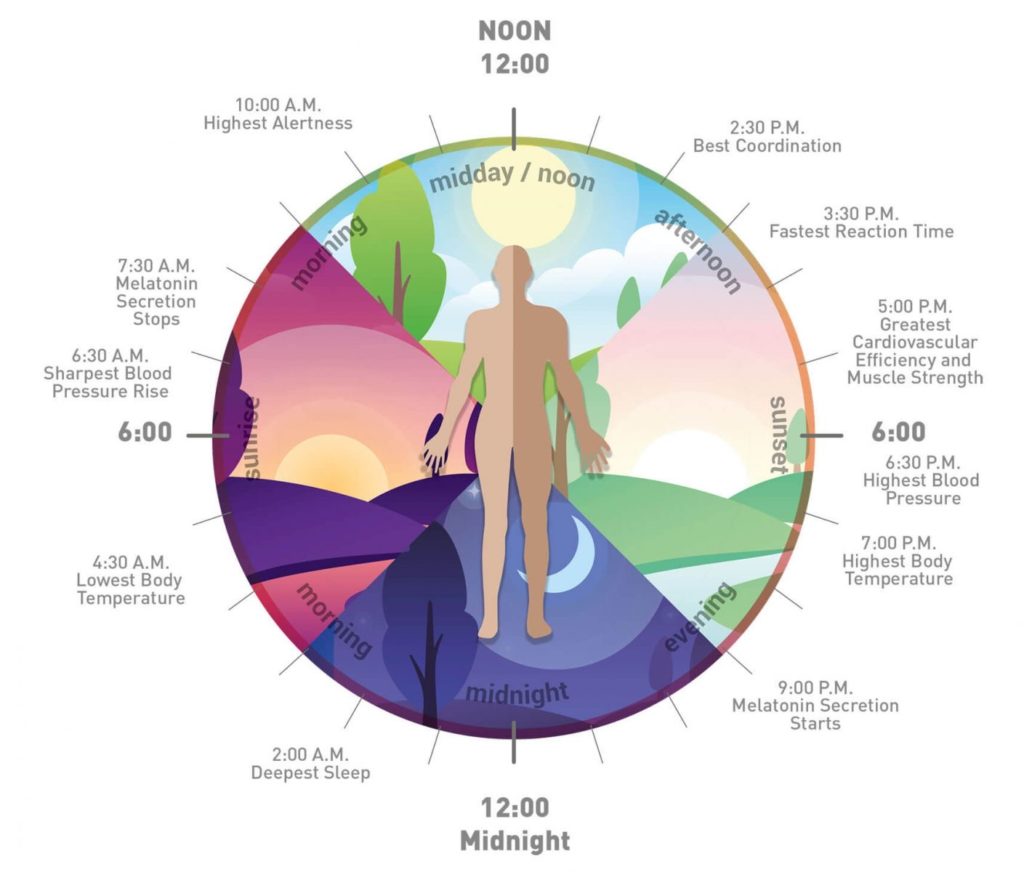
Now think about a typical 24-hour period. As the sun gradually changes its position in the sky, the light color temperature transforms from warm to cool, and back to warm again. These natural phases of sunlight are naturally programmed into our biology, so when choosing lighting, be sure to consider the light sources that support your mood, energy, and natural sleep/wake cycle.
Ideally, you want to incorporate “circadian” lighting in your home or office that mimics the color temperature of the sun’s natural light as it progresses throughout the day. For example, higher temperature bulbs are ideal for midday use because they help stimulate alertness and may assist with maintaining your energy and focus. So, while you’re working on specific tasks, it makes sense to use vibrant, invigorating light. Lower temperature bulbs are conducive for illuminating spaces after sunset, especially if you want to create a more romantic setting or prepare your body to fall and stay asleep. In short, cool bright lights promote wakefulness and warmer lights encourage restfulness.
For continued reading, be sure to check out Lumens and Lux: What You Need to Know
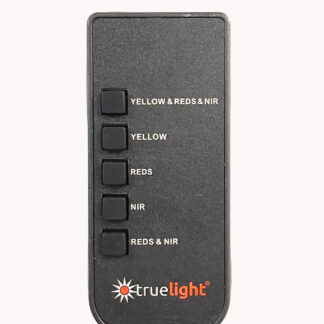

Article at a Glance: National Space Day was first created in the 1990s to commemorate all of the achievements associated with space research and exploration,

Article at a Glance: Skin is the body’s largest organ, and it’s important to protect it as much as it protects you. Maintaining healthy skin
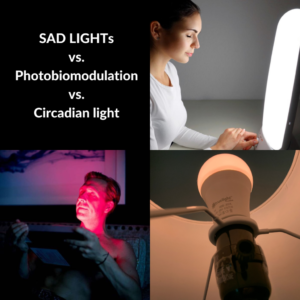
Article at a Glance: Light is an extremely powerful stimulant and tool for the human body. There are several types of light therapy and lighting
© 2024 TrueDark. All rights Reserved | Terms & Conditions | Privacy Policy | Cookie Policy